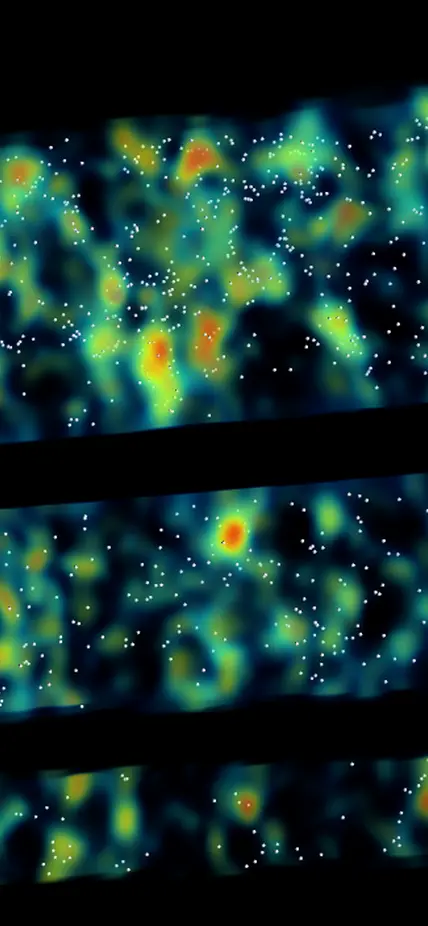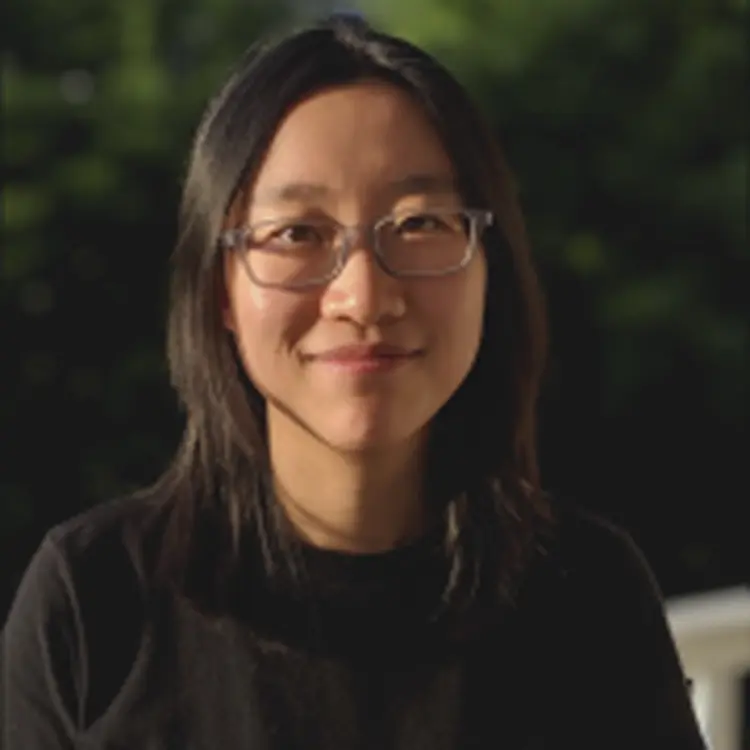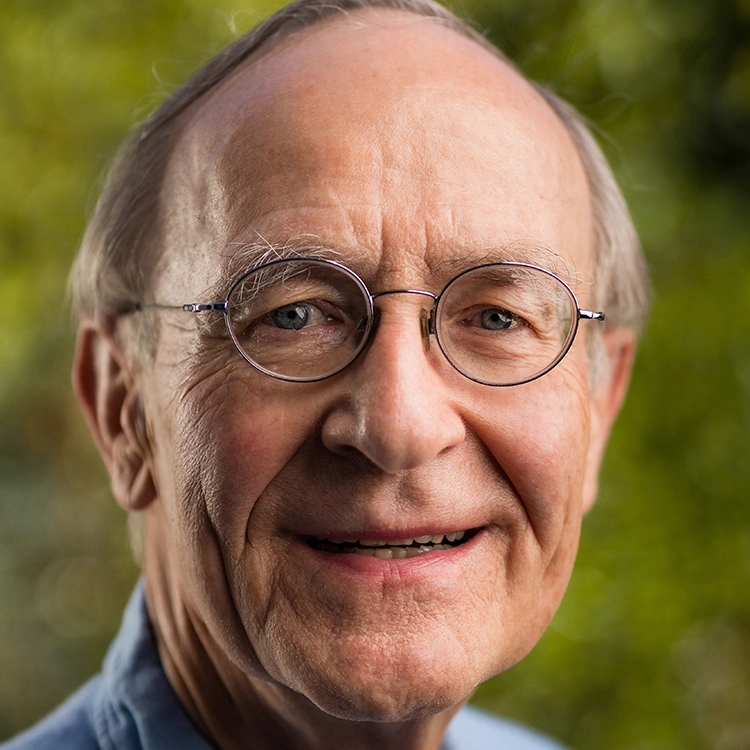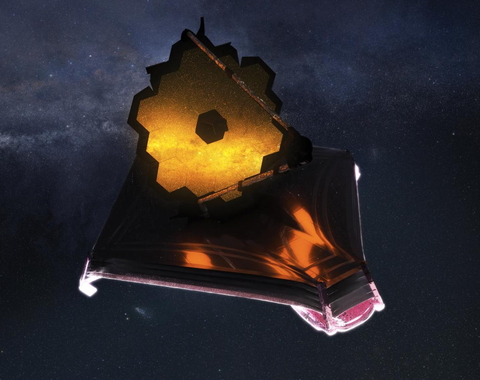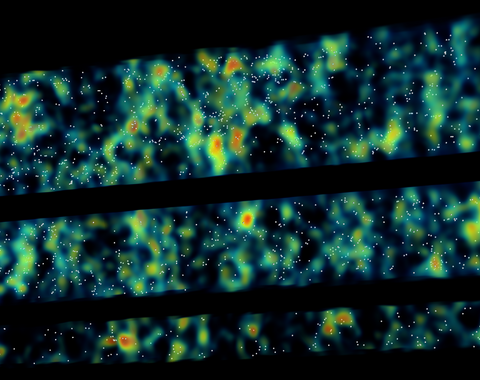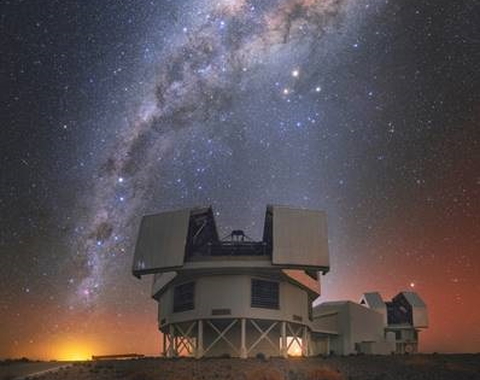Probing the Ancient Universe
The first galaxies were formed a few hundred million years after the Big Bang, which started the universe as a hot, murky soup of extremely energetic particles.
As this material expanded outward from the initial explosion, it cooled, and the particles coalesced into neutral hydrogen gas. Some patches were denser than others and, eventually, their gravity overcame the universe’s outward trajectory and the material collapsed inward, forming the first clumps of structure in the cosmos.
The density differences that allowed for structures both large and small to form in some places and not in others have been a longstanding topic of fascination. Carnegie astronomers are pursuing novel approaches, both observational and theoretical, to understand these early structures and to reveal how the first generation of galaxies were shaped and molded by their surroundings.
Galaxies continued to accrete material and grow, developing supermassive black holes at their centers. Carnegie astronomers are using the most-cutting edge telescopes and instruments available to probe the intense star formation that happened during this period and to understand why some galaxies stopped forming stars despite the bustle of activity occurring around them. This will help them understand the relationships between different generations of galaxies and the physics that underpin our cosmos.
The density differences that allowed for structures both large and small to form in some places and not in others have been a longstanding topic of fascination. Carnegie astronomers are pursuing novel approaches, both observational and theoretical, to understand these early structures and to reveal how the first generation of galaxies were shaped and molded by their surroundings.
Galaxies continued to accrete material and grow, developing supermassive black holes at their centers. Carnegie astronomers are using the most-cutting edge telescopes and instruments available to probe the intense star formation that happened during this period and to understand why some galaxies stopped forming stars despite the bustle of activity occurring around them. This will help them understand the relationships between different generations of galaxies and the physics that underpin our cosmos.
Recent Distant Galaxies News
The first of six projects led by Carnegie-affiliated astronomers will use the James Webb Space Telescope to make some of the most-accurate measurements ever taken of the chemistry of very early galaxies.
Like all of us, galaxies are shaped and molded by their surroundings.
The universe is full of billions of galaxies—but their distribution across space is far from uniform. Why do we see so much structure in the universe today and how did it all form and grow?
